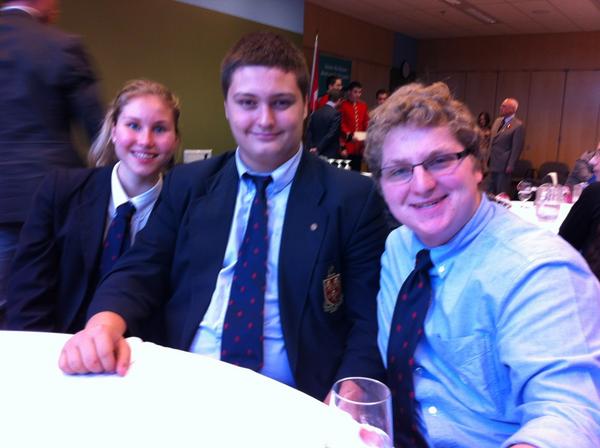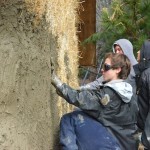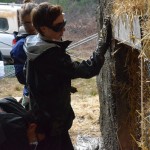 In the online edition of the Globe & Mail last week an interesting article appeared with the headline, “Extra-Curriculars Increasingly Seen as Essential to Student Success.”
In the online edition of the Globe & Mail last week an interesting article appeared with the headline, “Extra-Curriculars Increasingly Seen as Essential to Student Success.”
This article came on the heels of an eight-year study of close to a half-a-million Canadian students, showing a strong positive correlation between student participation in clubs and teams and overall academic success in school.
The article also referred to a study in the USA in 2009 that followed 8,000 students for a decade after completion of high school. It found that students who participated in clubs and sports went further in university and earned better salaries in their respective chosen professions.
These findings are not surprising. As a school we have deliberately integrated a host of activities into our daily school experience for decades, knowing that merging these so-called “extra” activities into your educational experience is actually essential to a well-rounded education, character development, leadership and the ability to team effectively with others.
Not mentioned in the Globe article is the largest study ever conducted with adolescents: the US National Longitudinal Study of Adolescent Health – data and opinions from 85,000 American students in 1995 and in follow-up research waves until 2008. The study focused on factors that prevent negative outcomes for young people: violence, drug use, early pregnancies, and school dropouts. Only two factors emerged as having a notable impact on diminishing these negative factors: solid family relationships and/or a strong sense of connection to school.
Note that philosophically, a number of years ago at LCC we changed the designation of “extra-curriculars” to “co-curriculars.” It might seem insignificant, but we see an important difference. Rather than see activities outside the classroom as “extra,” we see them as complimentary to the academic program and with enormous benefits on academic achievement, character development, self-confidence and improved overall mental health.
All of this is a reminder that teachers are not just professional academics and subject specialists. They care the full development of students. That’s why they offer support to clubs & activities, coach, advise, and guide our students.
In the same issue of the Globe & Mail was news about Ontario teachers’ current “work-to-rule” status. Due to a contract debate with the government, public school teachers across Ontario are currently refusing to coach, supervise clubs and activities. They are even refusing to write letters of recommendation for universities. It’s a real pity and frustration for tens of thousands of students.
As Headmaster, I take great pleasure seeing student involvement in co-curriculars. Whether it is arts, athletics, clubs, service or international leadership opportunities, it is often these activities which challenge students most, develop new skills and strengths, and forge important memories from the school experience.
This week’s holiday concerts were great examples of student achievement. Congratulations to all musicians for making beautiful music: fantastic performances and great teamwork.
And what better example of excellence and creativity in co-curriculars than the LCC Players recent performance of the “Laramie Project.” Consider the words of your teachers in follow up emails:
“A marriage between art and social commentary that will cause pause for reflection for all students.”—Mr. Ted Shaw
“A Powerful and courageous piece of theatre.”—Mr. Brian Moore
Our LCC Players could have chosen a light comedy and all their friends would have laughed and moved on. But the students took the road “less travelled.” They were courageous and as a school community, we have all reflected on Matthew Sheppard and every other student we know who is different from the mainstream. We have been reminded that we need to invite not exclude – be more open not closed-minded. Thanks for the important reminders and for moving our hearts and souls.
Happy holidays to all! —Chris Shannon, Headmaster




